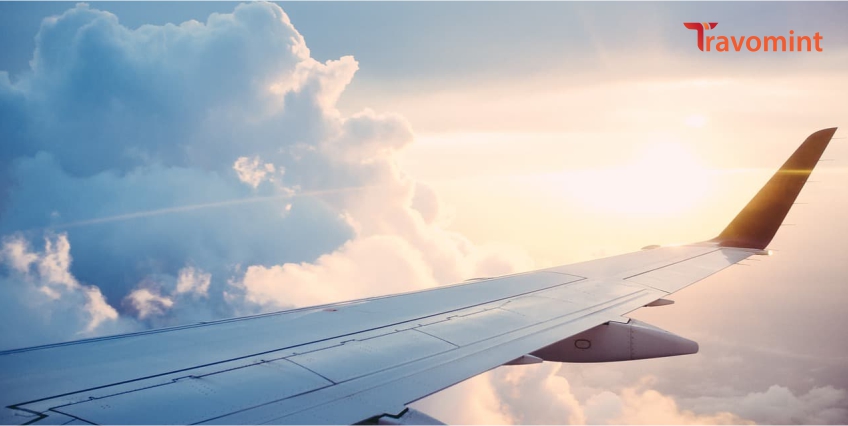- 18 Jun, 2024
Generally, airports have 2 runways for all the flight operations to multiple destinations. Some airports might happen to have up to 8 runways for the flight take-offs and landings. The airlines usually do not allow two planes on the same runway unless the next flight is lined up and waiting on the runway or the flight is available for ATC clearance. On these conditions, airport personnel only allow two planes to be on the same runway. These schedules are carefully monitored by the concerned departments for the safety of the passengers and only happen when it is necessary.
Can two flights take off at the same time?
Many flights can be scheduled at the same time from different airports and runways. Two flights can take off at the same time from their individual points, and there will be no issue with the flights on the air. However, if your concern is that two flights can take off at the same time from the same runway, it would not be possible. Generally, officials do not allow two planes to be lined up on the same runway until it is necessary. However, the takeoff of two different flights from the same runway at the exact time is not permitted and cannot happen.
If there are two runways at the airport parallel to each other, there can be different planes scheduled at the same time for the take-off. The landings and departures of the flights are closely monitored by the ATS (Air Traffic Service) for a smooth and safe run.
As per the Standard Operating Procedure guidelines in the aviation sector, the movement of the other aircraft or vehicles is restricted at the runways during a flight’s departure and landing.
Can a plane take off and land at the same time?
Pilots do not usually practice taking off a flight and landing it immediately, and it is also not very practical. However, it can be done sometimes due to an emergency and the safety of the passengers.
The usual reason a pilot takes off and lands at the same time is due to fuel dump on the ground. The fuel dump is also known as “Fuel Jettison” and it done due to reduce the weight of the aircraft.
What is it called when a plane lands and takes off again?
When a plane lands and takes off again, it is referred to as “Touch-and-go.” This practice is mostly done by the pilots in their training sessions to get equipped with the technique of short landing in case of emergency. This is the essential part of training for the pilots to be skilled in the smooth landing and departure procedure of the flight. The training includes a plane touching the ground and landing on the runway, and midway takes off again.
Can two planes meet in the air?
Yes, it is possible for two planes to meet in the air, but it happens very rarely. The Air Traffic Systems monitors all the flights in the air and notifies the pilots to avoid any collisions between two planes. Altitude and distance must be maintained to prevent any mishap in the air. The air controllers ensure that two planes do not go nearby on a specific radar, but the passengers on the plane may able to spot another plane far away in the air. When two planes come nearby in the air, passengers can feel the turbulence, and the crew members must instruct them to be seated in their spots calmly.
Can you take off and land on the same runway?
Yes, landings and take-offs are scheduled on the same runway at the airport. Once a flight is cleared from the runway and take off fully on the air, another flight can be landed on the same. The air traffic control officers schedules these flight operations and track when a flight must land or take off from where. So, it is common practice that the flights take off and land on the same runway.
Sometimes, a plane taked off from a runway has to land on the same in certain situations. This happens when the weather condition is not appropriate and the pilot prioritize the safety rather than pushing the power. In the emergency sityuations, the runways got cleared by the officials for the flight’s landing within some time of it’s take off.










